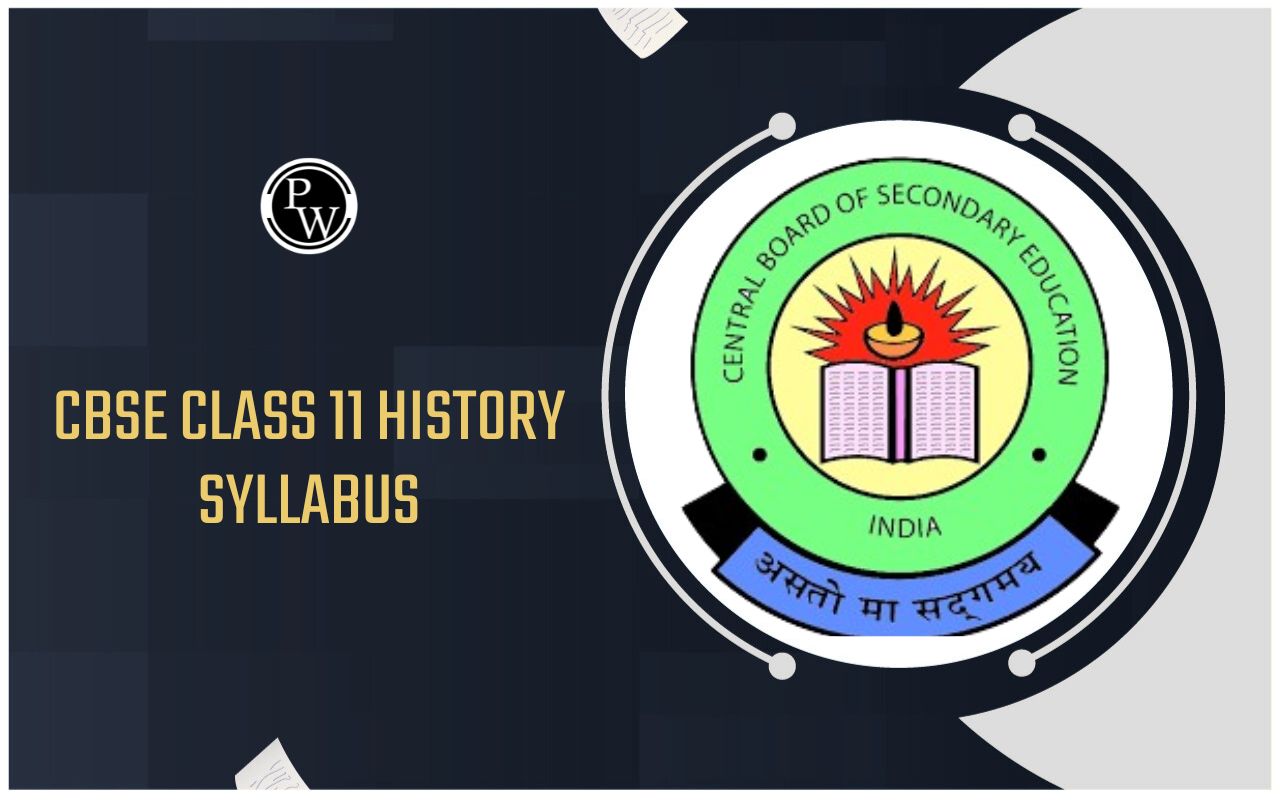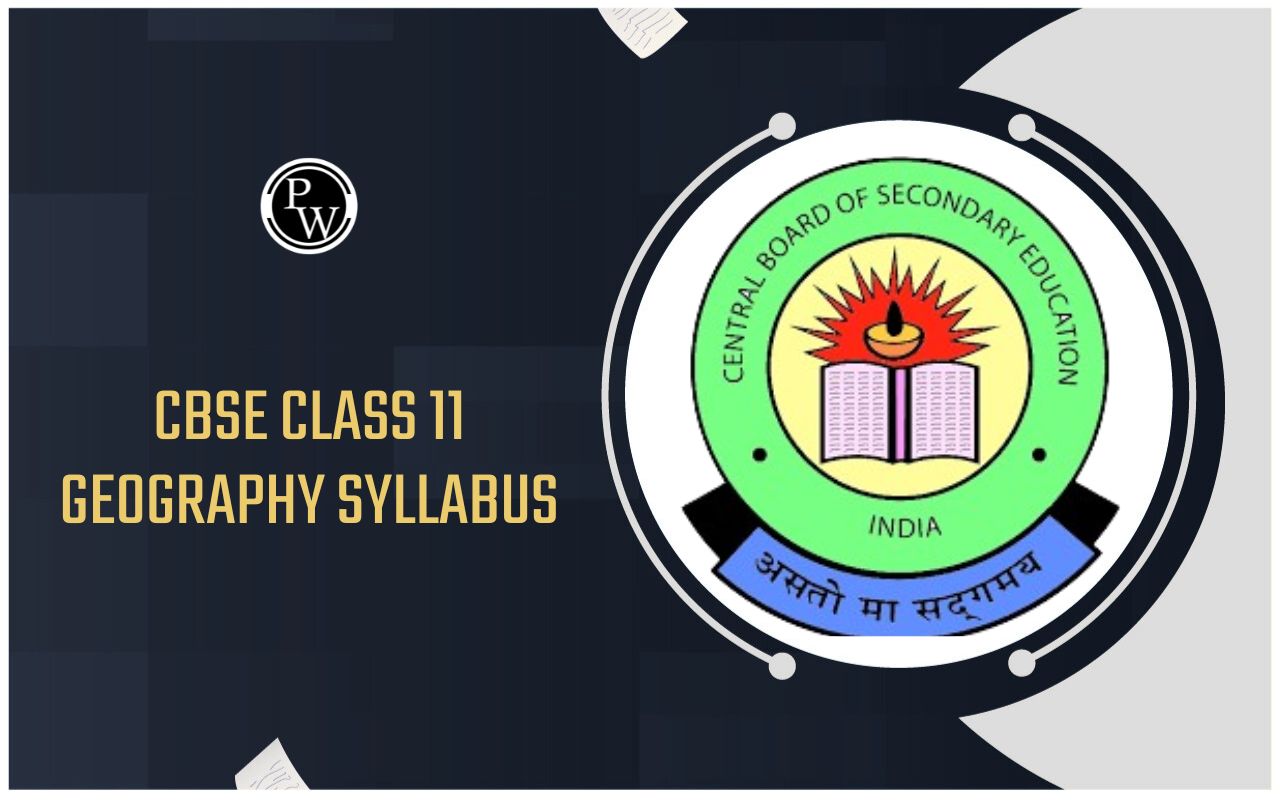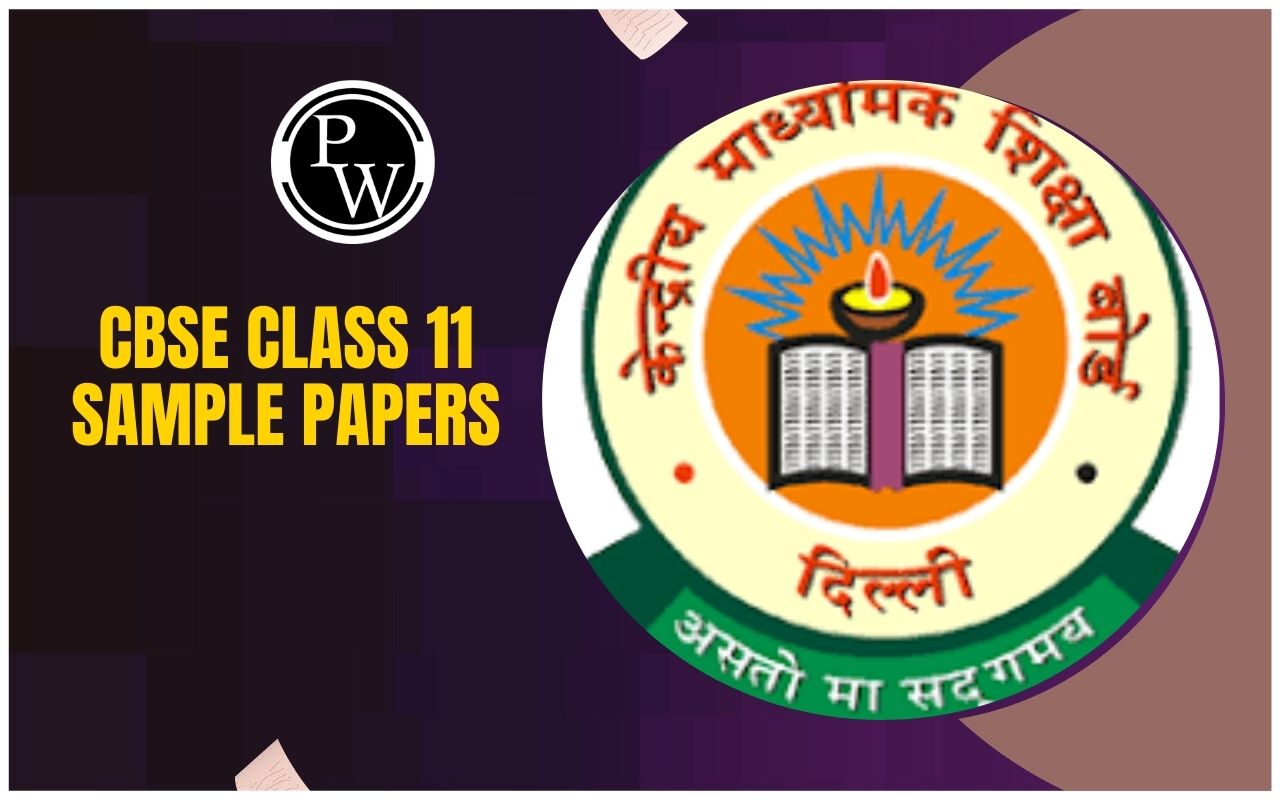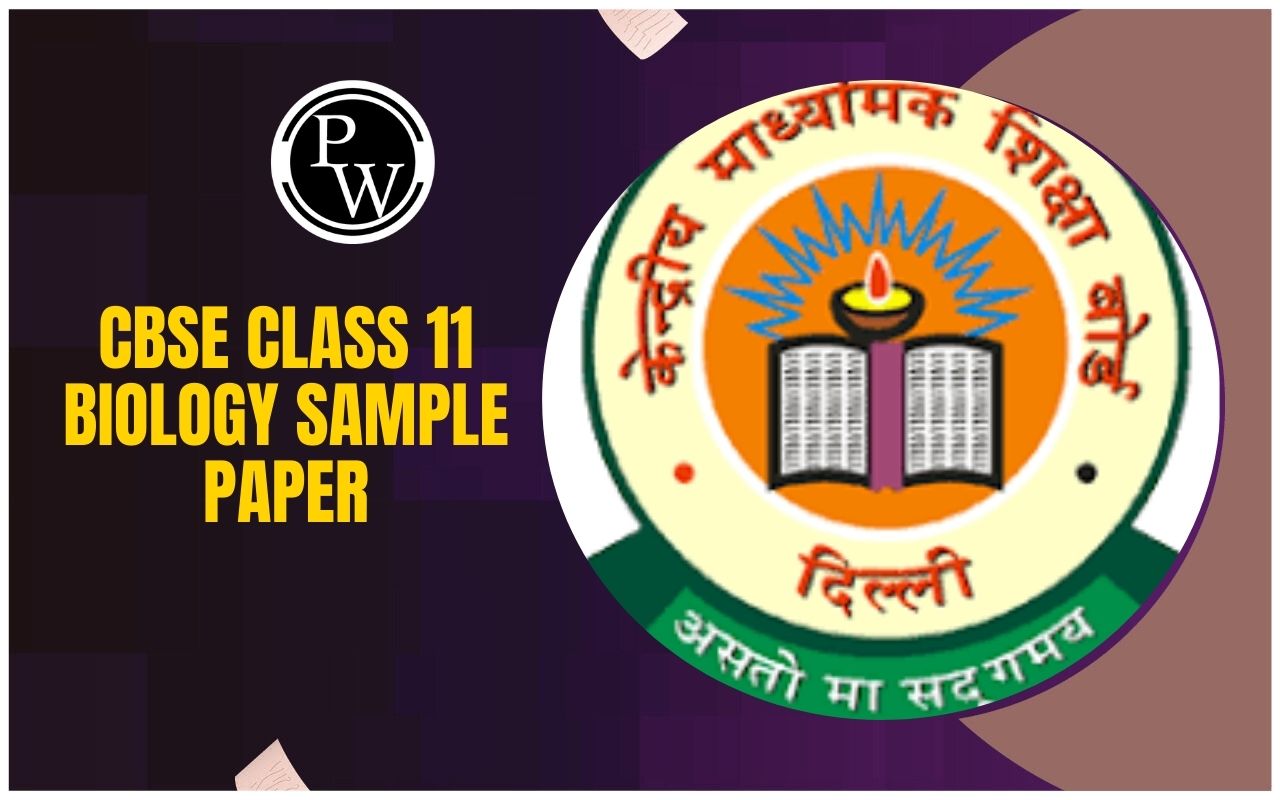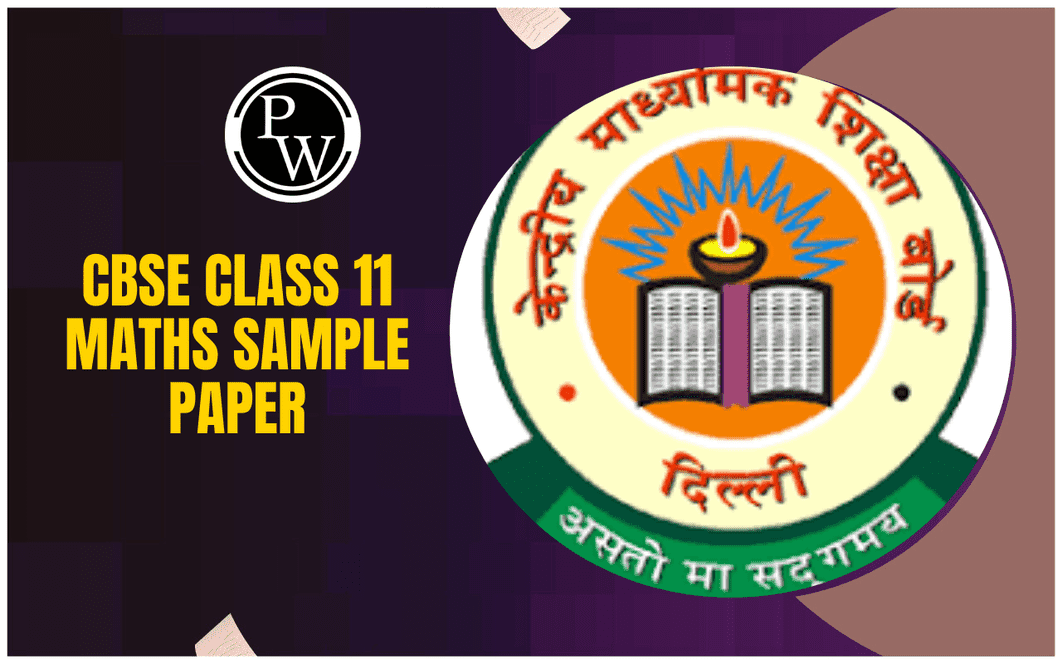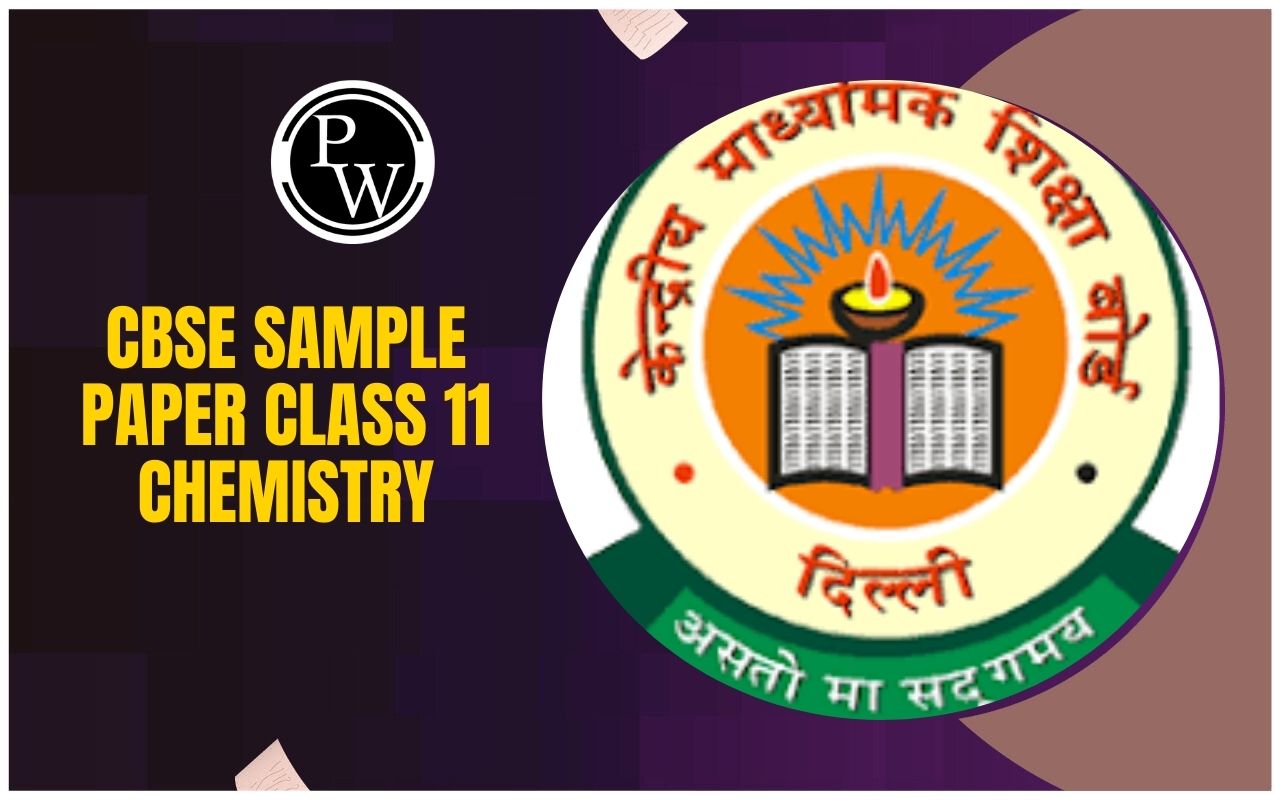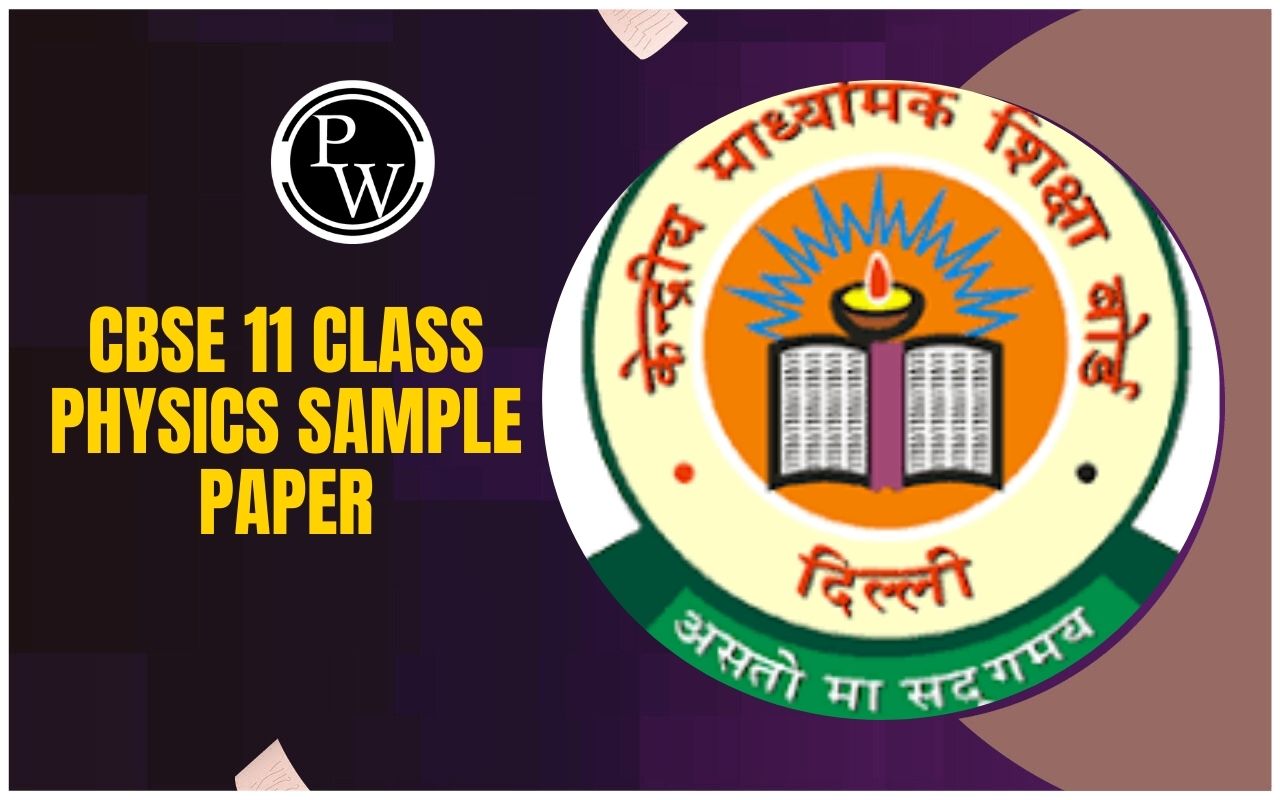
NCERT Solutions for Class 11 Maths Chapter 1 Exercise 1.3: Chapter 1 of Class 11 Maths, Sets , introduces fundamental concepts of set theory. Exercise 1.3 focuses on operations on sets, including union, intersection, difference, and complement of sets. It emphasizes understanding Venn diagrams for visual representation and solving practical problems involving these operations.
Key topics include proving identities, solving word problems based on real-life scenarios, and applying set operations. The exercise strengthens logical reasoning and lays the groundwork for advanced topics like probability and relations. Practicing these problems helps students develop clarity on set manipulation and its applications in mathematics and other fields.NCERT Solutions for Class 11 Maths Chapter 1 Exercise 1.3 Overview
NCERT Class 11 Maths Chapter 1, Sets, is foundational for understanding advanced mathematical concepts. Exercise 1.3 emphasizes operations on sets, such as union, intersection, difference, and complement, using Venn diagrams for clarity. These operations are crucial for solving real-world problems in fields like probability, statistics, and computer science. By working through the exercise, students enhance their logical reasoning and problem-solving skills. It also strengthens their understanding of relationships between sets, which is vital for analyzing data, organizing information, and understanding complex mathematical theories. Mastery of these concepts builds a strong base for higher studies and practical applications in various domains.NCERT Solutions for Class 11 Maths Chapter 1 Exercise 1.3 PDF
Below, we have provided the NCERT Solutions for Class 11 Maths Chapter 1 Exercise 1.3 in PDF format. This comprehensive resource includes step-by-step solutions to all the questions, focusing on operations on sets such as union, intersection, and complement. The PDF is designed for easy reference and practice, ensuring students gain a clear understanding of the concepts. Download the PDF to strengthen your grasp of this essential topic.NCERT Solutions for Class 11 Maths Chapter 1 Exercise 1.3 PDF
NCERT Solutions for Class 11 Maths Chapter 1 Exercise 1.3 Question Answers
Below is the NCERT Solutions for Class 11 Maths Chapter 1 Exercise 1.3 Sets -1. Make correct statements by filling in the symbols ⊂ or ⊄ in the blank spaces:
(i) {2, 3, 4} … {1, 2, 3, 4, 5}
(ii) { a , b , c } … { b , c , d }
(iii) { x : x is a student of Class XI of your school} … { x : x student of your school}
(iv) { x : x is a circle in the plane} … { x : x is a circle in the same plane with radius 1 unit}
(v) { x : x is a triangle in a plane}…{ x : x is a rectangle in the plane}
(vi) { x : x is an equilateral triangle in a plane}… { x : x is a triangle in the same plane}
(vii) { x : x is an even natural number} … { x : x is an integer}
Solution:
(i) {2, 3, 4} ⊂ {1, 2, 3, 4, 5} (ii) { a , b , c } ⊄ { b , c , d } (iii) { x : x is a student of Class XI of your school} ⊂ { x : x student of your school} (iv) { x : x is a circle in the plane} ⊄ { x : x is a circle in the same plane with radius 1 unit} (v) { x : x is a triangle in a plane} ⊄ { x : x is a rectangle in the plane} (vi) { x : x is an equilateral triangle in a plane} ⊂ { x : x is a triangle in the same plane} (vii) { x : x is an even natural number} ⊂ { x : x is an integer}2. Examine whether the following statements are true or false:
(i) { a , b } ⊄ { b , c , a }
(ii) { a , e } ⊂ { x : x is a vowel in the English alphabet}
(iii) {1, 2, 3} ⊂ {1, 3, 5}
(iv) { a } ⊂ { a . b , c }
(v) { a } ∈ ( a , b , c )
(vi) { x : x is an even natural number less than 6} ⊂ { x : x is a natural number which divides 36}
Solution:
(i) False. Here each element of { a , b } is an element of { b , c , a }. (ii) True. We know that a , e are two vowels of the English alphabet. (iii) False. 2 ∈ {1, 2, 3} where, 2∉ {1, 3, 5} (iv) True. Each element of { a } is also an element of { a , b , c }. (v) False. Elements of { a , b , c } are a , b , c . Hence, { a } ⊂ { a , b , c } (vi) True. { x : x is an even natural number less than 6} = {2, 4} { x : x is a natural number which divides 36}= {1, 2, 3, 4, 6, 9, 12, 18, 36}3. Let A = {1, 2, {3, 4}, 5}. Which of the following statements is incorrect and why?
(i) {3, 4} ⊂ A
(ii) {3, 4}}∈ A
(iii) {{3, 4}} ⊂ A
(iv) 1 ∈ A
(v) 1⊂ A
(vi) {1, 2, 5} ⊂ A
(vii) {1, 2, 5} ∈ A
(viii) {1, 2, 3} ⊂ A
(ix) Φ ∈ A
(x) Φ ⊂ A
(xi) {Φ} ⊂ A
Solution:
It is given that A = {1, 2, {3, 4}, 5} (i) {3, 4} ⊂ A is incorrect Here 3 ∈ {3, 4}; where, 3∉A. (ii) {3, 4} ∈A is correct {3, 4} is an element of A. (iii) {{3, 4}} ⊂ A is correct {3, 4} ∈ {{3, 4}} and {3, 4} ∈ A. (iv) 1∈A is correct 1 is an element of A. (v) 1⊂ A is incorrect An element of a set can never be a subset of itself. (vi) {1, 2, 5} ⊂ A is correct Each element of {1, 2, 5} is also an element of A. (vii) {1, 2, 5} ∈ A is incorrect {1, 2, 5} is not an element of A. (viii) {1, 2, 3} ⊂ A is incorrect 3 ∈ {1, 2, 3}; where, 3 ∉ A. (ix) Φ ∈ A is incorrect Φ is not an element of A. (x) Φ ⊂ A is correct Φ is a subset of every set. (xi) {Φ} ⊂ A is incorrect Φ∈ {Φ}; where, Φ ∈ A.4. Write down all the subsets of the following sets:
(i) { a }
(ii) { a , b }
(iii) {1, 2, 3}
(iv) Φ
Solution:
(i) Subsets of { a } are Φ and { a }. (ii) Subsets of { a , b } are Φ, { a }, { b }, and { a , b }. (iii) Subsets of {1, 2, 3} are Φ, {1}, {2}, {3}, {1, 2}, {2, 3}, {1, 3}, and {1, 2, 3}. (iv) Only subset of Φ is Φ.5. How many elements has P (A), if A = Φ?
Solution:
If A is a set with m elements n (A) = m then n [P (A)] = 2 m If A = Φ we get n (A) = 0 n [P(A)] = 2 0 = 1 Therefore, P (A) has one element.6. Write the following as intervals:
(i) { x : x ∈ R, –4 < x ≤ 6}
(ii) { x : x ∈ R, –12 < x < –10}
(iii) { x : x ∈ R, 0 ≤ x < 7}
(iv) { x : x ∈ R, 3 ≤ x ≤ 4}
Solution:
(i) { x : x ∈ R, –4 < x ≤ 6} = (–4, 6] (ii) { x : x ∈ R, –12 < x < –10} = (–12, –10) (iii) { x : x ∈ R, 0 ≤ x < 7} = [0, 7) (iv) { x : x ∈ R, 3 ≤ x ≤ 4} = [3, 4]7. Write the following intervals in set-builder form:
(i) (–3, 0)
(ii) [6, 12]
(iii) (6, 12]
(iv) [–23, 5)
Solution:
(i) (–3, 0) = { x : x ∈ R, –3 < x < 0} (ii) [6, 12] = { x : x ∈ R, 6 ≤ x ≤ 12} (iii) (6, 12] ={ x : x ∈ R, 6 < x ≤ 12} (iv) [–23, 5) = { x : x ∈ R, –23 ≤ x < 5}8. What universal set (s) would you propose for each of the following?
(i) The set of right triangles
(ii) The set of isosceles triangles
Solution:
(i) Among the set of right triangles, the universal set is the set of triangles or the set of polygons. (ii) Among the set of isosceles triangles, the universal set is the set of triangles or the set of polygons or the set of two-dimensional figures.9. Given the sets A = {1, 3, 5}, B = {2, 4, 6} and C = {0, 2, 4, 6, 8}, which of the following may be considered as universal set (s) for all the three sets A, B and C
(i) {0, 1, 2, 3, 4, 5, 6}
(ii) Φ
(iii) {0, 1, 2, 3, 4, 5, 6, 7, 8, 9, 10}
(iv) {1, 2, 3, 4, 5, 6, 7, 8}
Solution:
(i) We know that A ⊂ {0, 1, 2, 3, 4, 5, 6} B ⊂ {0, 1, 2, 3, 4, 5, 6} So C ⊄ {0, 1, 2, 3, 4, 5, 6} Hence, the set {0, 1, 2, 3, 4, 5, 6} cannot be the universal set for the sets A, B, and C. (ii) A ⊄ Φ, B ⊄ Φ, C ⊄ Φ Hence, Φ cannot be the universal set for the sets A, B, and C. (iii) A ⊂ {0, 1, 2, 3, 4, 5, 6, 7, 8, 9, 10} B ⊂ {0, 1, 2, 3, 4, 5, 6, 7, 8, 9, 10} C ⊂ {0, 1, 2, 3, 4, 5, 6, 7, 8, 9, 10} Hence, the set {0, 1, 2, 3, 4, 5, 6, 7, 8, 9, 10} is the universal set for the sets A, B, and C. (iv) A ⊂ {1, 2, 3, 4, 5, 6, 7, 8} B ⊂ {1, 2, 3, 4, 5, 6, 7, 8} So C ⊄ {1, 2, 3, 4, 5, 6, 7, 8} Hence, the set {1, 2, 3, 4, 5, 6, 7, 8} cannot be the universal set for the sets A, B, and C.Benefits of Using NCERT Solutions for Class 11 Maths Chapter 1 Exercise 1.3
Step-by-Step Solutions : Provides clear, detailed explanations for understanding complex set operations like union, intersection, and complement.
Time-Saving : Offers accurate answers to quickly verify solutions and improve efficiency in problem-solving.
Concept Clarity : Strengthens foundational knowledge of set theory, which is crucial for advanced topics like relations, probability, and calculus.
Exam Preparation : Helps identify important problem types frequently asked in exams.
Error-Free Learning : Minimizes mistakes through well-structured and error-free answers, boosting confidence.
Visual Learning : Enhances understanding using Venn diagrams for practical applications.
Accessibility : Easy to download and refer to, ensuring effective self-study anytime.
NCERT Solutions for Class 11 Maths Chapter 1 Exercise 1.3 FAQs
Is sets easy in class 11?
What is the basic concept of sets Class 11?
What is z in sets?
How to write a null set?



